New Year Celebration in The Philippines:
Know Best Places, Food & More
Like the rest of the world, the Philippines celebrates the new year on January 1, but it starts preparing for the new year celebration from the day before, called New Year's Eve. Both New Year's and New Year's Eve are distinctive holidays observed nationwide. During the new year celebration in the Philippines, you will find Filipinos making loud noises, hosting a midnight supper and launching fireworks to drive off the evil spirits. Scroll down below this blog to learn more about the traditions that are being followed and the places where you can visit to enjoy the New Year celebration.
How Do the Filipinos Celebrate the New Year?
From New Year's Eve to New Year's Day, several customs are observed by the Filipino people nationwide. Filipinos typically celebrate these occasions with their loved ones and family members. From traditions to decorations, one can find many unique aspects during the New Year celebration. Below are some of the traditions that help Filipinos start their new year.
Presence of 12 Round Fruits
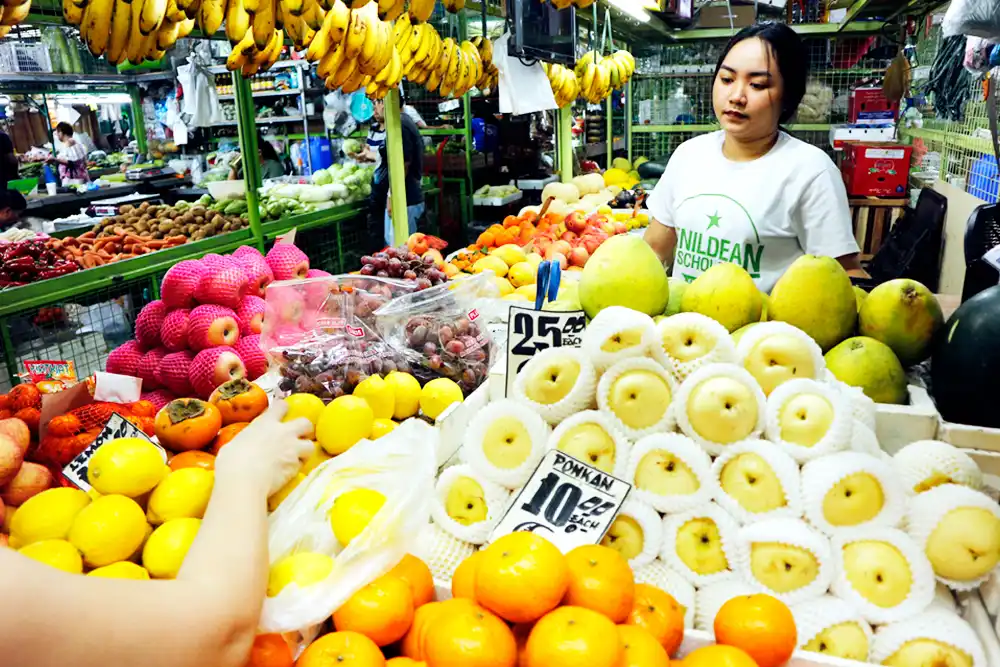
The tradition of presenting 12 round fruits at the table is because it is believed to bring in good fortune and prosperity in the upcoming year. The reason for selecting 12 fruits is that each of the 12 fruits represents each month in a year, and the round shape symbolises coins and money. One can find fruits like cherries, dragon fruit, chico, apples, mangoes and many more present in the platter of fruits.
Jumping When the Clock Strikes 12
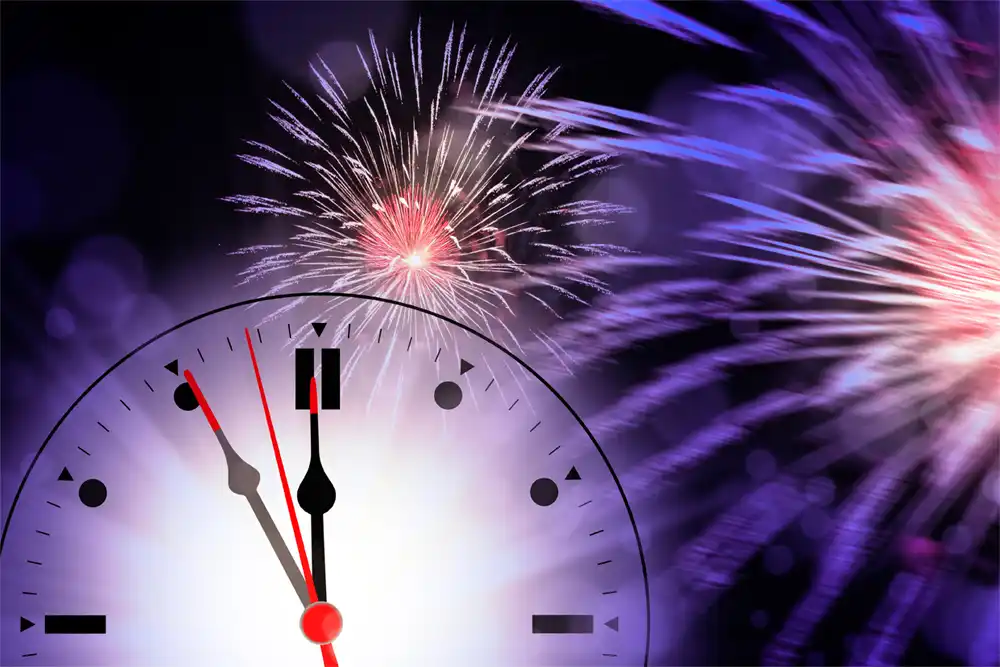
Another unique tradition that is seen to be practised during the Philippines New Year celebration is asking the children to jump as the clock strikes midnight. It is believed that jumping at this time helps them grow taller, and this tradition has been ingrained into the New Year celebration culture. Both children and adults are seen performing this tradition, adding a playful touch in the midnight celebration.
Media Noche

Media Noche is a crucial part of the New Year's Eve celebration in the Philippines, when families gather around a table and a table is filled with various dishes, symbolising prosperity and good fortune. Some of the dishes that one can spot at the table are bibingka, biko, pancit, lechon, malakit and others. The presence of sticky items is a must, as it helps signify the unity and harmony in a family.
Wearing Dotty Clothes

Around the world, different nations have varying beliefs about colours and patterns. Similarly, in the Philippines, the polka dot pattern is regarded as bringing good fortune in the upcoming year. It is also believed to bring financial stability to the person wearing the pattern during the holidays. Such traditions are seen helping the Filipinos stay grounded in their roots, while celebrating the New Year in a unique dress style.
Leaving the Lights On and Doors Open
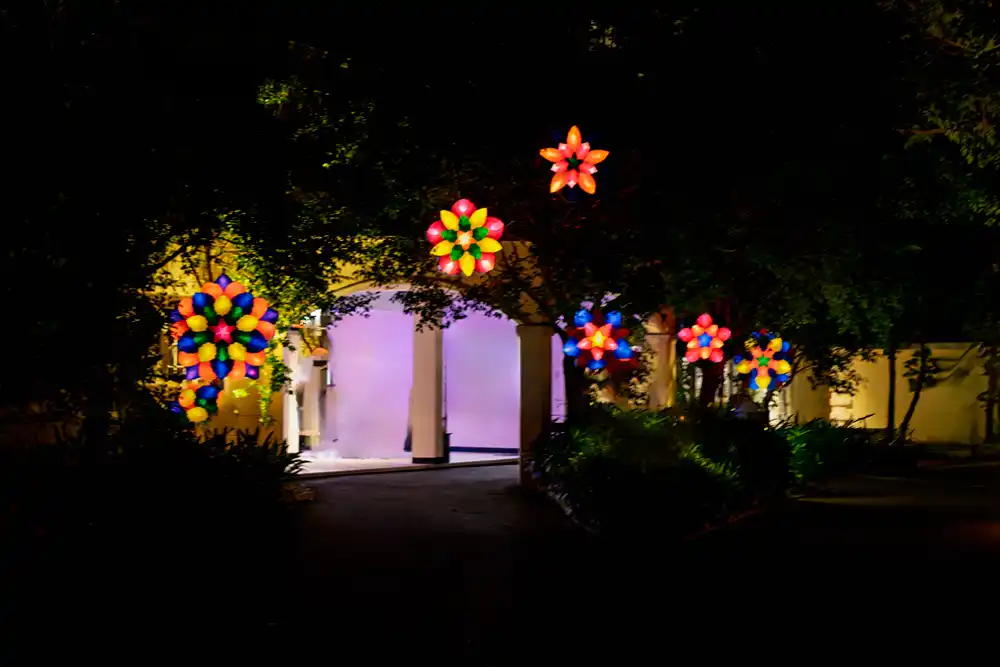
Filipino families are seen to keep their lights on and doors open, as it helps to attract fortune and as for the lights, it signals a bright upcoming future and well as ensures a positive atmosphere inside the house. Together,this positive gesture welcomes prosperity and blessings to the home year-round. Some people even keep their windows, cabinets, drawers and cupboards open to attract fortune and good luck to enter.
Carrying Coins
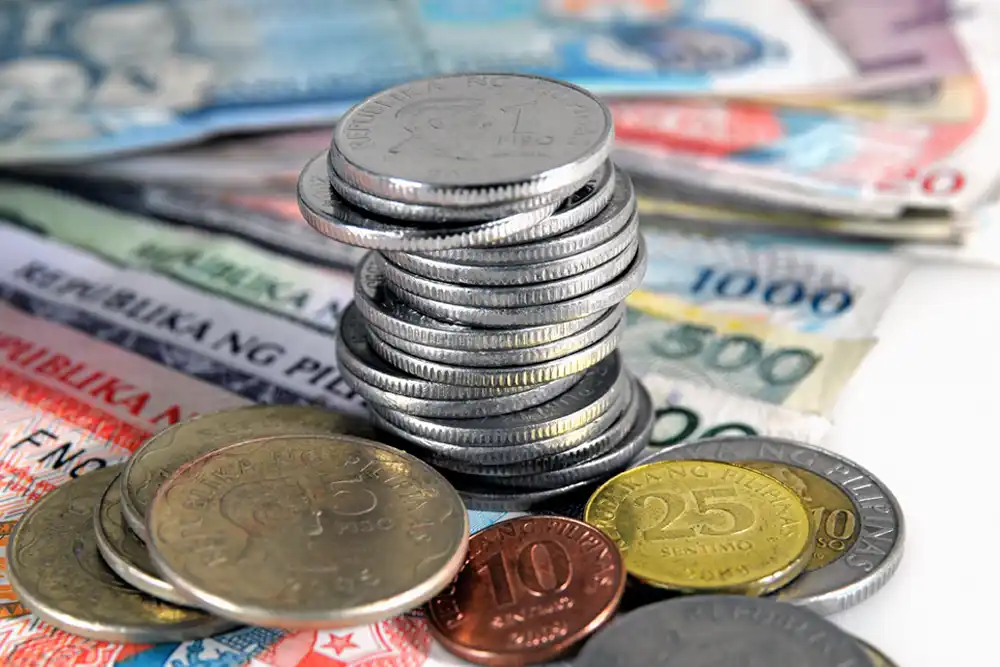
Carrying coins in the pocket rather than bills is yet another superstition followed by the Filipinos, as the jingling of coins is said to attract more wealth and fortune. It is also seen that the old bills in the wallets are being replaced with new bills that also helps in attracting wealth.
Avoid Spending Money
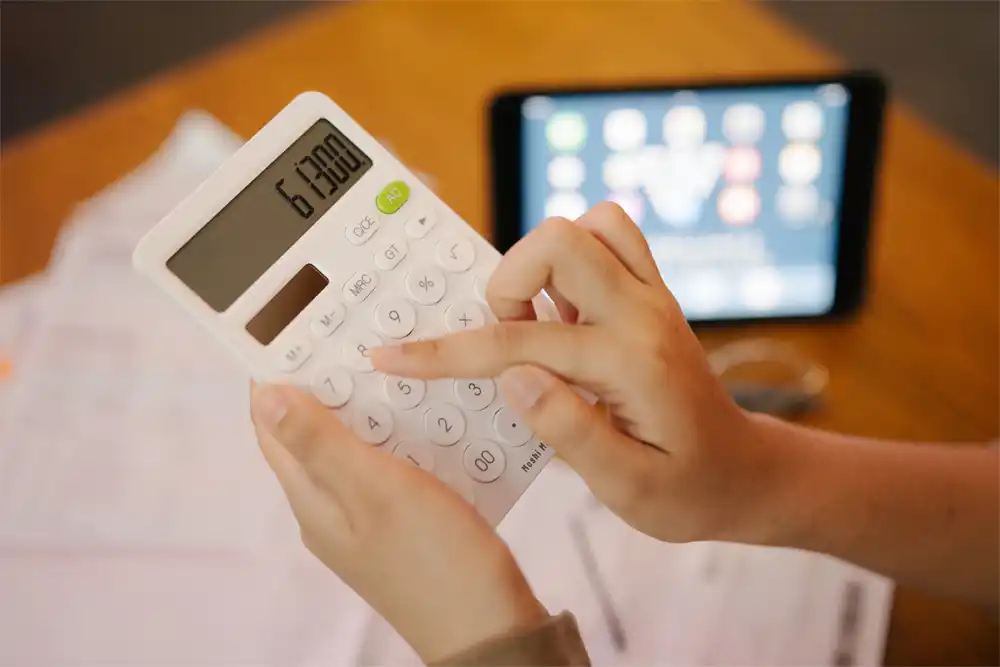
It is seen that Filipinos avoid spending money on the first few days of the new year, especially on January 1st, as it is believed that whatever you do on this date will be reflected throughout the year. If someone spends money on the first day of the year, then it is believed that money will run out of pocket for the rest of the year.
Make Loud Noises on New Year's Eve

Noises are made the the Filipinos on the night of New Year Eve and New Year with the idea to scare off evil spirits. People around the nation are seen banging pans and pots, dragging empty cans, blowing torotot (party horns). Again, many people also bring their surroundings alive by lighting paputok (firecrackers) like bawang, kwitis, super lolo, judas belt and others, lighting up the skies, casting away evil and making room for good luck.
Scatter Coins Around the House
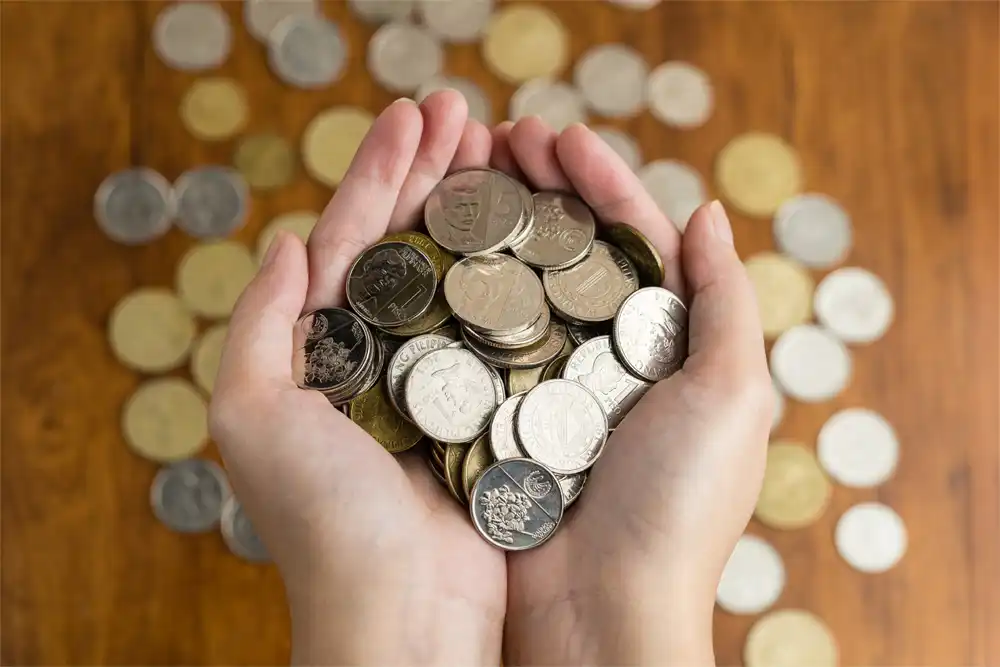
One more tradition from the Filipino culture is to scatter coins around the house to attract wealth into their house and avoid spending any money during the two-day celebrations. This practice helps in welcoming prosperity in the upcoming year and ensuring financial stability.
Filipino Food on New Year

Food plays a significant role in the New Year, as it is the centrepiece of celebration at the midnight feast, media noche. The platter consisting of twelve round fruits is said to bring fortune and prosperity in the upcoming year. Besides these fruits, there are also items like bibingka, biko, pancit, lechon, malakit and more that are being served. However, chicken and fish are not served to these animals, as they are seen to scrounge for food, and since Filipinos don't want the same for them, they avoid adding them to their lavish feast.
Best Places to Celebrate New Year in The Philippines
Around the Philippines, there are a number of places that can be visited to celebrate the New Year. Filled with lively atmosphere, noises, firework displays and a wide array of mouthwatering dishes. Destinations like Manila, Palawan, Cebu, Pampanga and Boracay are seen to attract both residents and tourists to participate in the cultural events and celebrations. Check out below some of the best places to celebrate New Year in the Philippines.
Manila
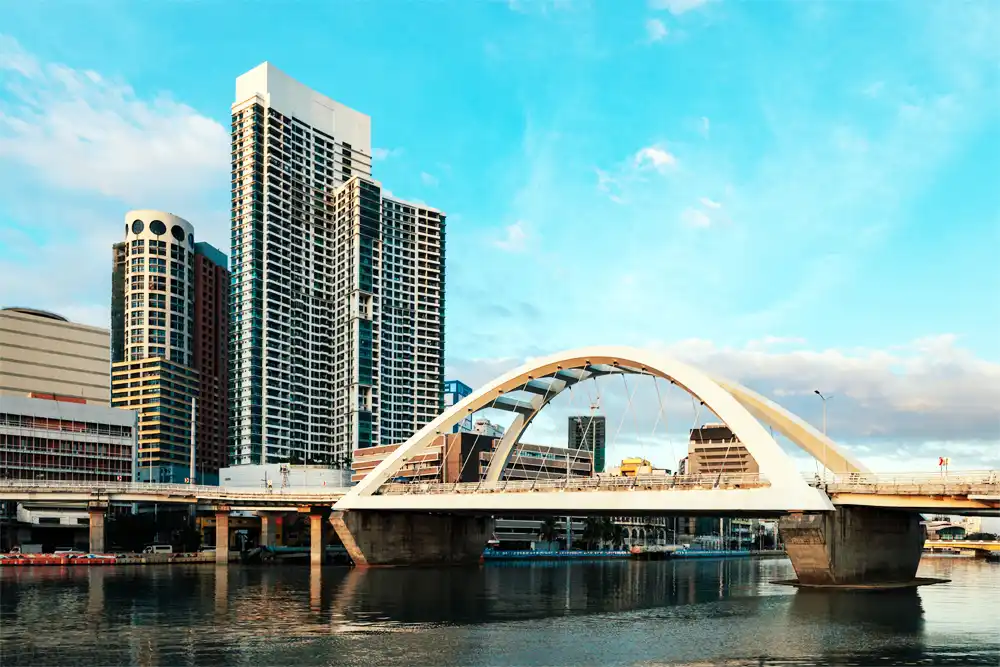
Visit the dazzling capital of the Philippines, Manila, which transforms into a spectacle during the Filipino New Year celebration. As the countdown starts from New Year's Eve to New Year's Day, one gets to witness the colourful fireworks lighting up the sky, while marching bands are seen playing on the streets, livening up the atmosphere.
Palawan
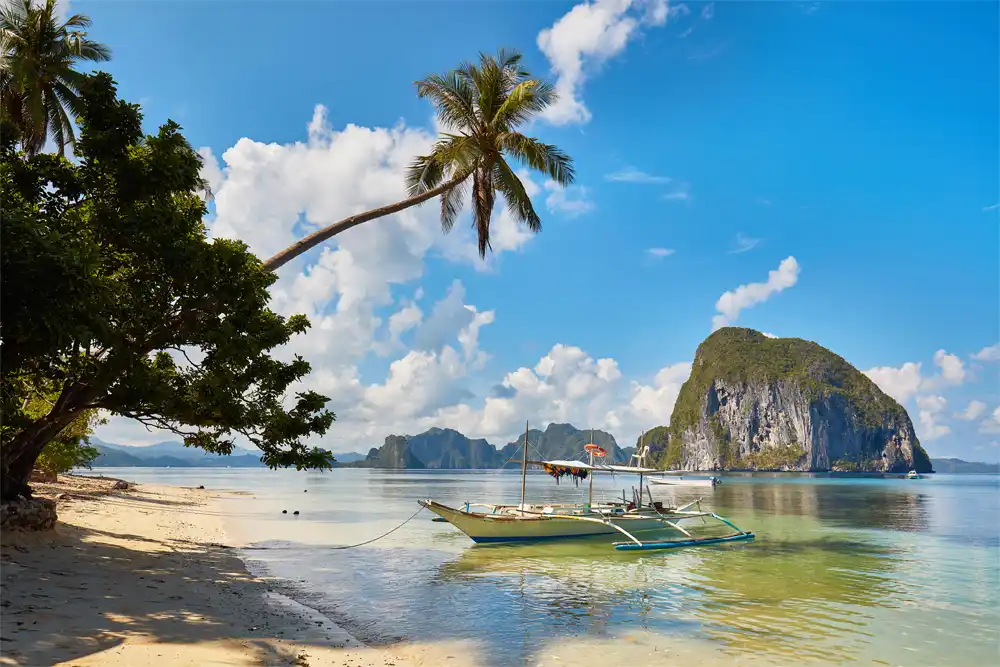
Experience a mix of traditions during the New Year at Palawan, one of the best places to celebrate New Year in the Philippines. Here, you can find the major event, "Bagong Taon Bagong Buhay Sa Baybay", as well as witness various contests, music, and fireworks.
Cebu
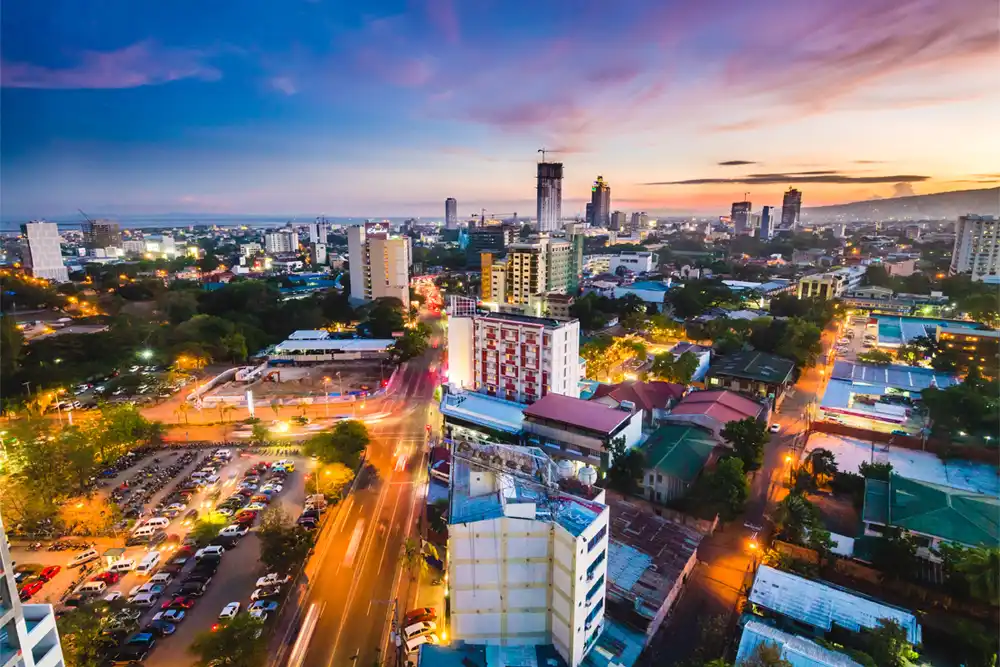
Celebrate your New Year in the Queen City of the South, Cebu, filled with vibrant celebrations taking place around the city. One of the major hotspots turns out to be the Fuente Osmena Circle, a cultural landmark of the city, where grand celebrations take place. From an impressive fireworks display to good music to street performances, you can find all of it here.
Pampanga
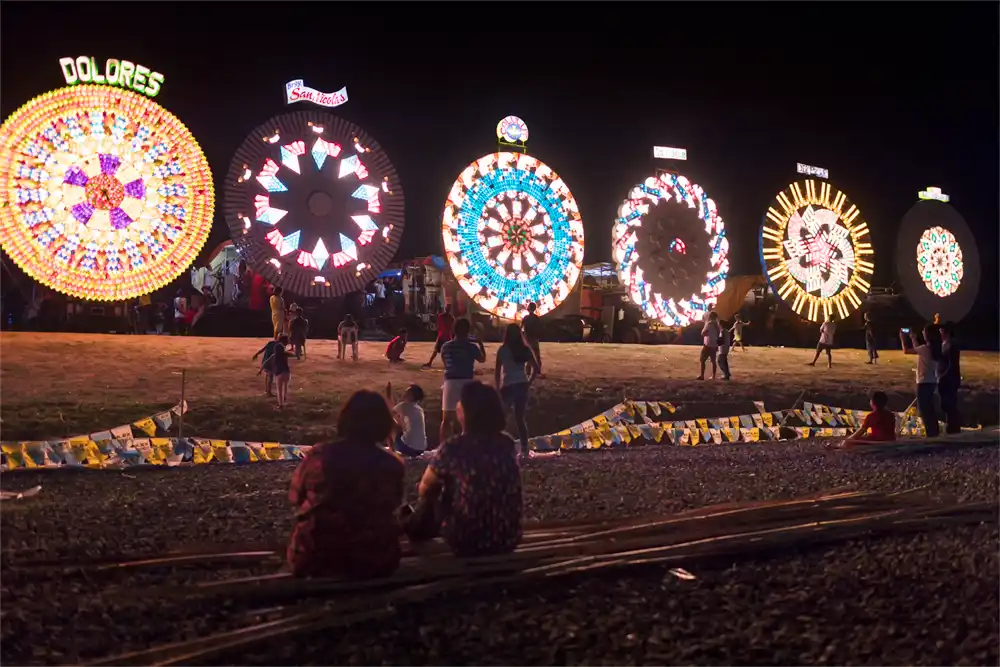
Take a dive into the rich cultural heritage and amazing culinary scene at the time of the New Year in Pampanga. Enjoy the colourful parade marching the streets and showcasing traditional Filipino music and dances. When the clock ticks 12 o'clock, the sky dazzles with the colourful lights of fireworks, marking the beginning of a new year.
Boracay

People seeking a beachside celebration must travel to Boracay, an iconic Philippine destination offering powdery white sands, crystal-clear water, and a plethora of water activities. Additionally, during the Filipino New Year celebration, one can observe wild beach parties along the extensive coastline.
Conclusion
As the clock counts down to 12, people around the world greet the new year by celebrating in their own ways. Similarly, the Filipinos also seem to be celebrating both New Year's Eve and the New Year with their unique customs and traditions. Carrying a belief in their hearts that the new year offers chances to welcome prosperity into their lives, the centre table of a Filipino family during Media Noche brings to one's attention. The platter of 12 fruits is regarded as food that represents each month in the year and is shaped like money. Get your flight bookings secured for the New Year celebration this year with us, creating new memories.
FAQs
The reason behind wearing dresses with polka dots on New Year's is to bring prosperity and good luck in the upcoming year.
Filipinos gather with their loved ones to celebrate the New Year by arranging a midnight feast, engaging in various customs, and lighting fireworks.
The favourite dish of Filipinos during the New Year is Pancit, a noodle-based dish, which represents long life and good health for the upcoming year.
The fireworks display is held in the New Year in the Philippines to ward off evil spirits and attract good fortune in the coming year.
You may Read Also: Festivals in Philippines | Panagbenga Festival Baguio City | Easter in Philippines | Christmas in Philippines